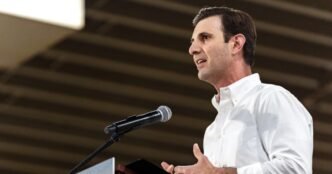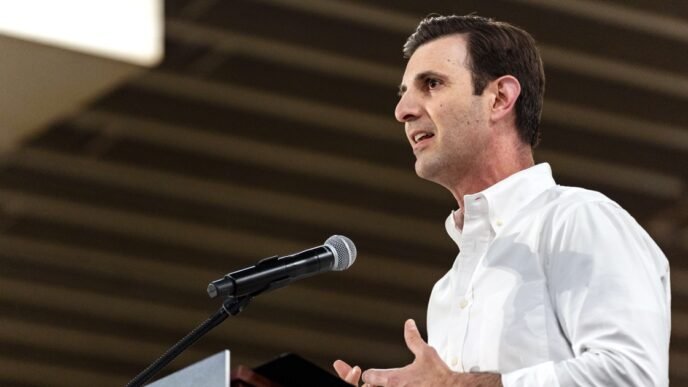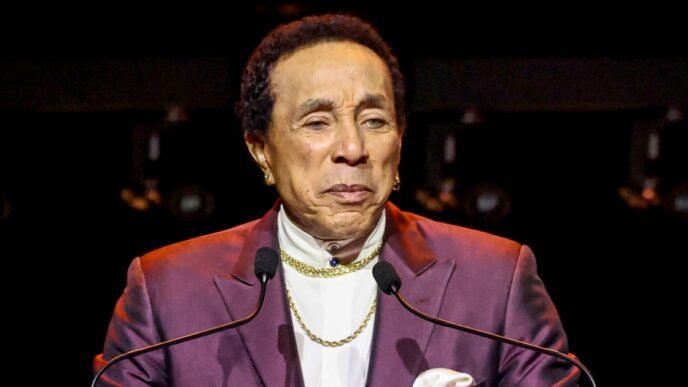The communications breakdown last week that resulted in air traffic controllers losing radar and radio contact with the pilots of planes they were guiding into Newark Liberty International Airport has happened at least two other times since August, a current veteran controller told NBC News on Tuesday.
And at least eight or nine times in recent months, controllers lost radio contact with pilots flying into one of the nation’s busiest airports, said the Newark airspace controller who asked not to be identified.
“We lost all radios! No backups!” the controller said. “Everything went down.”
The Federal Aviation Administration did not immediately respond to a request for comment about the claims Tuesday.
This comes a week after controllers in Area C of the Philadelphia TRACON, which guides flights in and out of Newark, lost all communication on April 28 with the pilots bound for that airport — a near-disaster that is now under investigation.
Transportation Secret Sean Duffy said on Monday that contact between the air traffic controller and planes was lost for “30 seconds.” He told Fox News no planes were in danger of crashing.
Since then, the estimates for how long there was no communication have climbed to 90 seconds.
“That’s 90 seconds of a wholly filled-up sky of planes literally flying blind over one of America’s busiest airports,” New York Sen. Chuck Schumer said Tuesday in Washington. “Thank God nothing happened, but we tempt fate if no changes are made.”
Recordings released Tuesday by LiveATC.net offered some insight into how the air traffic controllers and pilots were able to work through the crisis and avert what could have been a major tragedy outside one of the nation’s busiest air travel hubs.
“I am going to move you here because I just got told that the approach lost all the radars,” an air traffic controller could be heard telling the pilot of United Airlines Flight 2243 on one of the recordings. “Three of the four radar screens went black, and they have no frequencies.”
“Alright, we’re ready to move,” the pilot replied, his voice calm.
This back-and-forth does not convey the fear air traffic controllers were feeling at the moment they were trying to get 15 to 20 flights safely into the airport while the systems were down, the whistleblowing controller said.
“It was like time stood still for a while,” the controller said. “It was a sc moment when we tried to reach these planes and we couldn’t.”
The controller said the communications breakdown did not feel as long as 90 seconds but “felt like 45 seconds to me,” as they dealt with the crisis calmly.
“We went to back up radios, that didn’t work, nothing worked,” the controller said. “The fear of panic and being scared came afterwards.”
“These planes with people, with lives in them are flying — and no one is talking to them — they were flying in the dark,” the controller said. “It was like a cone of silence. We couldn’t hear them, but I’m sure they were calling us.”
The after-effects from what happened last week were still being felt Tuesday at Newark Airport.
For a ninth straight day, travelers trying to fly out of Newark Airport had to contend with massive delays as the FAA tries to find replacements for the air traffic controllers out on a 45-day trauma leave.













